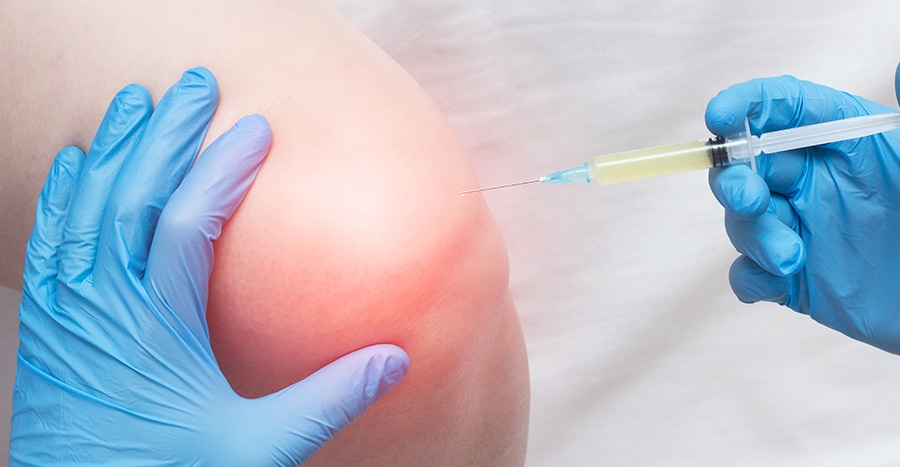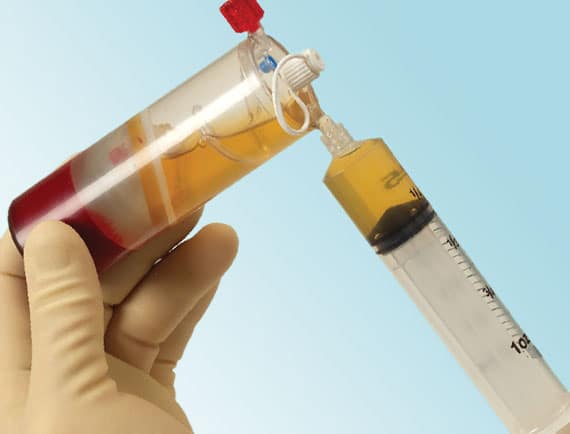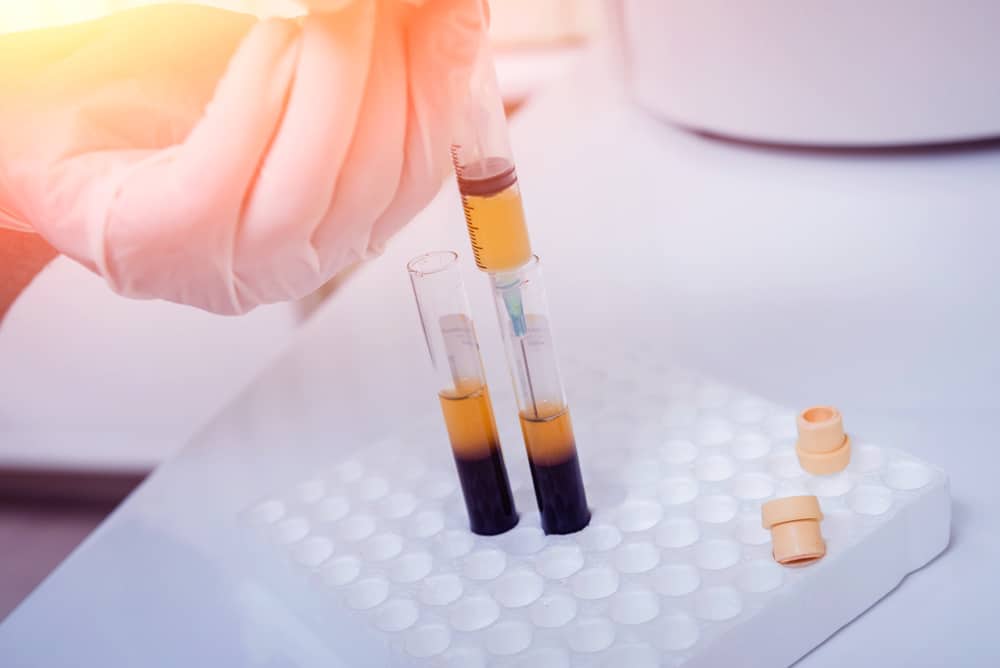 832-509-5099
832-509-5099
 832-509-5099
832-509-5099
PRP Joint Injection
Osteoarthritis, causing knee pain, is one of the common problems for lots of people. Surgical process, cortisone injections, physical therapy, and anti-inflammatories are some of the conventional ways to deal with this knee pain. However, in recent years, scientists have researched whether Platelet-Rich Plasma injections are effective in minimizing the risks of osteoarthritis.
We know that PRP therapy is highly applicable for wound healing, sexual wellness and skin regeneration. The researchers have also proved how it affects arthritis issues. Lots of professional athletes have chosen this therapy for treating their knee joint pain. In addition to osteoarthritis, sports-related injury is also curable with a PRP shot.

How PRP works for your knee pain
The physicians use a syringe for withdrawing your blood (60ml). Then, they place it into a centrifuge. This is a special device, spinning at a very high speed to turn out centrifugal forces. It causes the separation of blood from its denser components that reach the bottom part of a container. After this separation, the specialists isolate the platelets and plasma components. They inject 2 to 6ml of PRP into your knee joint. They make sure that this chosen part is adjacent to your arthritic area.

Need any preparation for PRP?
You may speak to your physician to know whether you have to make any prior preparation to go through the treatment. Most of the physicians ask their patients to avoid the intake of anti-inflammatory drugs at least one week before having the PRP shots. Moreover, after taking the injection, you may need the help of crutches for two days. To know the seriousness of your injury, you have to undergo the knee MRI process.
Any side effects from PRP shots?
PRP shots are one of the safest treatment options for reducing the symptoms of knee arthritis. You will have no concern about serious side effects. Some patients feel swelling and slight paint after undergoing this treatment. However, you may need to wait a number of days to reduce the discomfort of your knee joint.

What to do after the therapeutic process?
After every two to three hours, you have to apply ice to your knees. You need to continue it for a minimum of 3 days. Furthermore, you must avoid doing any activity, causing weight and stress on the knee. For 6 to 8 weeks, you need to have follow-up sessions with physicians. During these sessions, the physicians will check out the effectiveness of the treatment for your arthritis.
The term PRP is much confusing to some of us. Lots of people think that it is protein-rich plasma instead of platelet-rich plasma. However, there is no difference in the implication of these terms. Both plasma and blood platelet have protein. Those proteins have several compounds, including growth factors. One of the alternatives to PRP injections is placebo injections. However, patients who have chosen PRP shots have enjoyed better results and reduced pain. Thus, you may rely on this non-invasive treatment for curing knee pain.
For PRP service at ShineMD Medspa & Liposuction Centre in Houston, TX, always the best place. So, please book an appointment with us today and get a one-on-one consultation with the best board-certified PRP specialists in town. You can call us at 832.509.5099 to schedule an appointment also. Read ahead, and we’ll walk you through everything you need to know—one step at a time.
[trustindex data-widget-id=”4764fa0202237793f850d25720″]